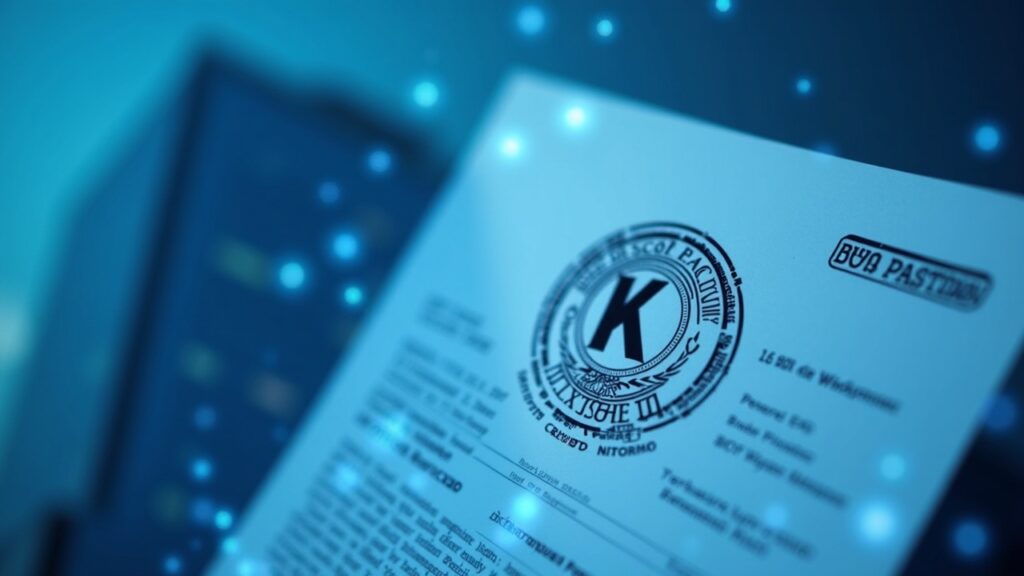Kraken formally moved toward a public listing by confidentially filing an S-1 registration draft with the U.S. Securities and Exchange Commission (SEC), with the intention to list between late 2025 and the first quarter of 2026. The filing marks a significant step in the industry’s pursuit of institutional legitimacy for digital assets, signaling a major milestone for the exchange and the broader market. The timeline now hinges on regulatory review and market conditions as the company positions for a potential public debut.
The chosen route —a confidential S-1— allows Kraken to adjust its prospectus and respond to SEC comments without immediately disclosing its financial statements to the public, giving the firm flexibility during the early review. The initial review process typically takes around 30 days, with a public disclosure required at least 15 days before starting an investor roadshow, aligning the preparation with regulatory expectations and investor communications.
In the months prior, Kraken closed significant funding rounds that strengthened its financial position: an injection of $800 million and another of $200 million led by Citadel Securities, which placed its valuation at approximately $20,000 million. Earlier reports had cited a target of $500 million at a $15,000 million valuation, but those figures were surpassed by the more recent rounds, underscoring heightened investor demand and momentum ahead of the filing.
The resulting treasury will be used to drive international expansion, accelerate technology developments, and strengthen regulatory compliance —areas considered key for a successful public offering. For accredited investors seeking pre-IPO exposure, secondary platforms like EquityZen and Forge offer access to pre-listing shares, albeit with the usual risks and illiquidity associated with such transactions.
Details of the filing and Kraken’s pre-IPO financing
Kraken enters the public process after resolving significant regulatory fronts. An FBI file related to co-founder Jesse Powell was closed in 2023; nevertheless, the company carries a history of prior regulatory actions that require it to maintain an active compliance focus. The firm has engaged with the SEC on products such as tokenized shares and aligns its practices with international frameworks, like the EU’s MiCA regulation and proposed U.S. legislation that could affect its operations.
In terms of operational scale, as of Nov. 13, 2025 Kraken reported an approximate daily volume of $1,250 million and 1.24 million trades, compared with $2,690 million and more than 6.3 million daily trades from its nearest public peer. That performance positions Kraken as a major player in the ecosystem, though not without challenges against listed competitors with larger liquidity figures that shape market depth and execution.
Company leadership adopted a stance of strategic patience: the executive team emphasizes there is no rush to go public, prioritizing optimal market conditions and greater regulatory clarity over a forced date. That approach seeks to balance market timing with the need to mitigate legal and operational risks as the listing window narrows toward the stated timeframe.
The confidential filing with the SEC is a milestone underscoring Kraken’s transition toward the public sphere and the professionalization of the crypto sector.

